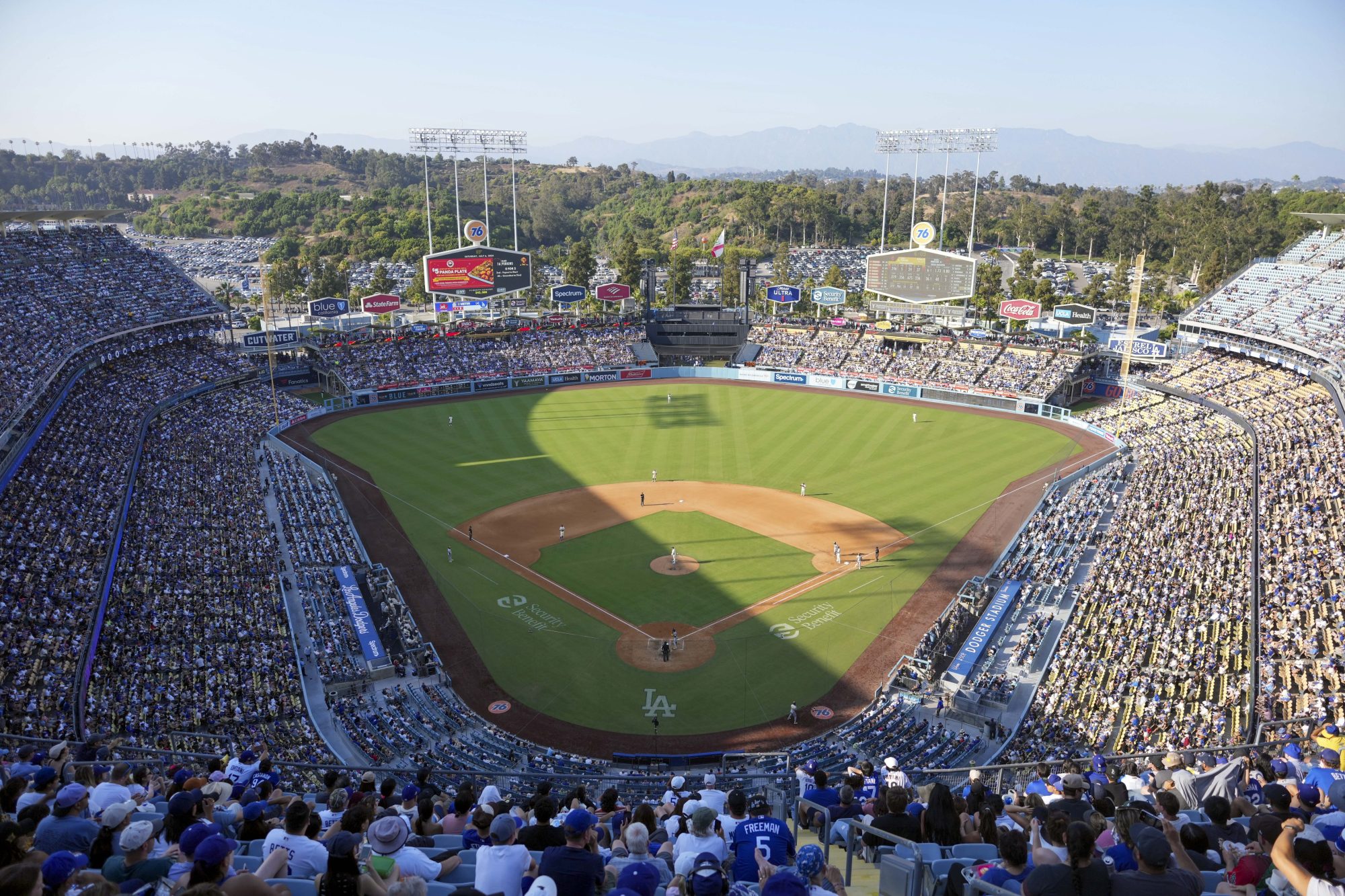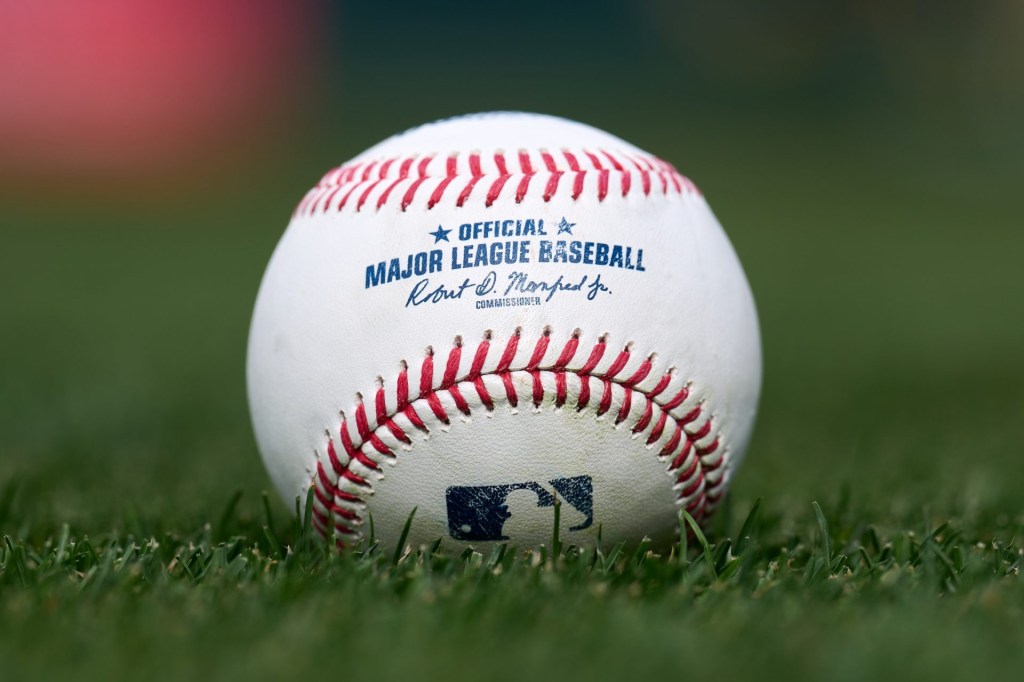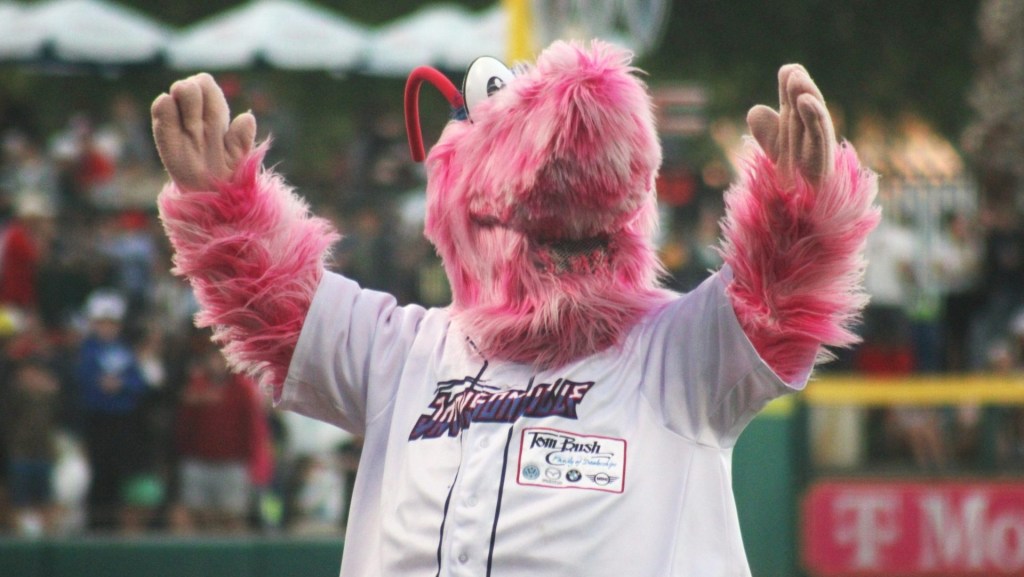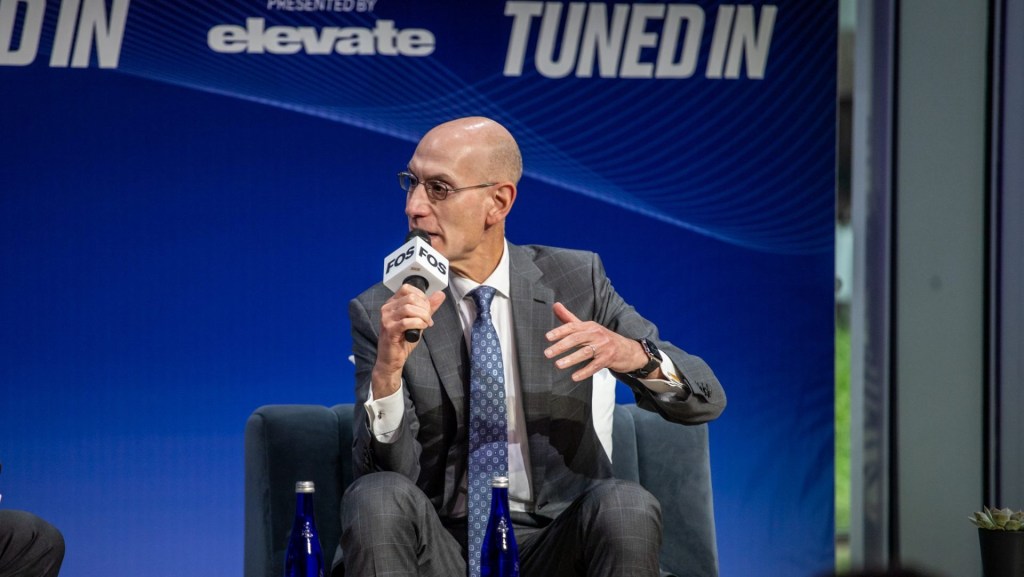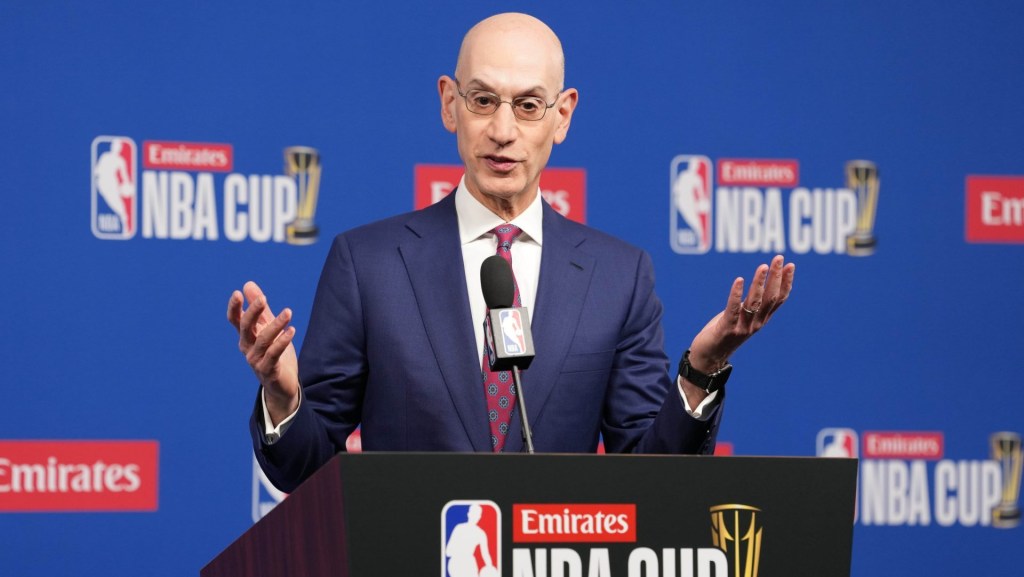Major League Baseball’s improvements last year in attendance and average game times each held in 2024, and then some, providing the league with a key dose of momentum heading into its postseason.
The league’s regular season—capped with a dramatic doubleheader Monday that produced playoff berths for the Mets and Braves—ended with a total attendance of 71.35 million. The figure grew by 0.85% from a year ago and, perhaps just as important, showed no retreat from 2023’s 9.6% gain. With the new total, MLB generated its first back-to-back years of attendance growth since 2011–2012 and its best overall figure since 2017.
Average game times, meanwhile, shrank to two hours, 36 minutes—a four-minute reduction from last year and MLB’s lowest figure since 1984. MLB last year introduced a series of rule changes to tighten the pace of play and introduce more on-field action, including a pitch clock, larger bases, and a ban on extreme defensive shifts. Those measures have proved highly popular with fans and have been a major factor in driving the improved attendance. The number of stolen bases, part of that heightened game action, reached 3,617 this season, the third-highest figure in league history and most since 1915.
There’s also been a qualitative attendance impact to those rule shifts as the percentage of MLB ticket buyers ages 18 to 35 has jumped by 8.5% in the last five years, and recent reductions in the median age of attendees have also largely held.
MLB’s total attendance, by far the largest of any major pro North American sports league, remains a critical bellwether on the overall health of the sports industry.
Market Leaders
The Dodgers led the league for the 11th consecutive year with a total draw of 3.94 million, up slightly from the club’s 3.84 million in 2023. The A’s again ranked last with a figure of 922,286 and, after a solemn goodbye at the Oakland Coliseum last week, are now headed to Sacramento and ultimately hope to finalize financing on a stadium in Las Vegas.
After 26 of 30 MLB clubs improved at the gate last year, the league was evenly split this year between 15 with increases and 15 with decreases. The Royals, who produced a 30-victory improvement from 2023 and a return to the postseason, led the league with a 27% attendance boost. After setting a modern-day MLB record with a 121-loss season, the White Sox declined in attendance by more than 16%, representing the steepest percentage drop.
As is often the case, team performance was a material factor in many of the figures. The top five totals, and six of the top eight, involved playoff teams, and five of the top six aggregate attendance increases were generated by clubs reaching the postseason.
Turning the Page
With the National League playoff field now solidified with the inclusion of the Mets and Braves, MLB’s postseason begins Tuesday with a four-game slate of wild-card series contests. A similarly packed schedule follows Wednesday. Deciding game threes in those series, if needed, will follow Thursday, and the division series round starts Saturday.
The postseason field contains a mix of large-market juggernauts, upstart stories, and many of the sport’s biggest stars. In particular, MLB will be able to enjoy the presence of its top two draws, the Dodgers’ Shohei Ohtani and the Yankees’ Aaron Judge. Joining those figures are a compelling mix of narratives, including the upstart rise of the Tigers, the Royals’ rebirth, and the Padres’ financially precarious attempt to finally win a title.
